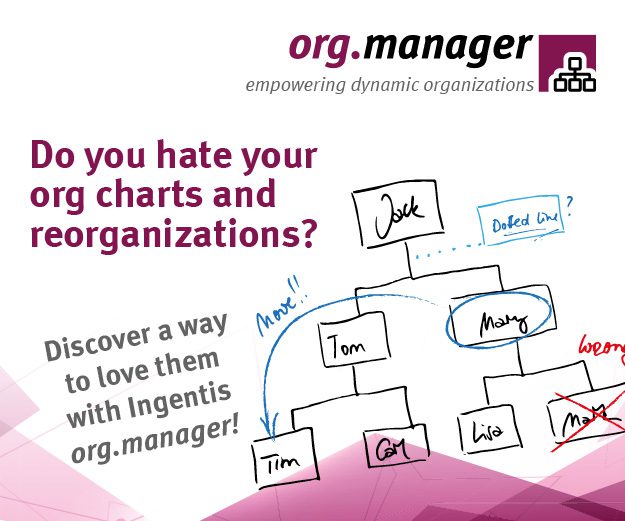Better by design: Adapting your business by certainty, not chance
Organizational design built on cutting-edge software is the key to your competitive advantage.
If you thought change came rapidly down the tracks before COVID-19 hit, prepare to adapt even faster as the world of work returns to normal.
Good organizational design allows HR leaders to be more agile and responsive in uncertain times.
Organizational design cannot be considered to be a one-off project.
Keep pace with change in all areas of your ecosystem - and retain control of organizational purpose, culture and value.
We all know commercial activity won’t mirror life before the pandemic. Your teams will almost certainly demand a hybrid working pattern: a survey by Owl Labs discovered 92% of employees expect to be able to perform their duties from home at least once a week.
In most industries, getting to grips with the disruption of hybrid work, on-premise physical distancing, seamless workforce planning and communication, and a host of other factors will be crucial to successfully rebuilding from the rigors of the past 18 months.
That’s why many firms are turning to a cutting-edge organizational design strategy. In this article, we’ll discuss some of its major elements and discover how HR leaders can reap its numerous benefits to keep on top of change.
Why HR leaders should care about organizational design
Organizational design is far from a fad stemming solely from the pandemic’s upheaval. In fact, Gartner noted with some prescience in November 2019 that organizational design should be adopted as one of three main strategic remedies this decade, “to be more agile and responsive in uncertain times”. In its proprietary research, the analyst found 56% of HR leaders cited organizational design as a key priority in their business.
Organizational design is the creation of an environment that drives a company to achieve its goals, fulfill its purpose, and deliver on its vision.
You may think that definition is unnecessary, but it’s vital to keep this statement front of mind at all times. Be aware too that the three measures it mentions are different for every business, with no standard template to perform organizational design. For that reason, your firm must identify and align with an approach that suits the entire organization. HR functions are coming to the fore as the fulcrum of organizational design and success. McKinsey recognizes HR’s pivotal place in business strategy, particularly as firms tackle problems created by the pandemic that can only be solved with resilience and adaptability: “The pandemic underscores the urgency for a more dynamic talent and work model. Human resources leaders can help by focusing on identity, agility, and scalability.”
In other words: it’s HR’s time to shine – and organizational design can be their North Star for navigating to success.
Beyond the org chart for productivity and profit
There is much to bear in mind when laying the foundations of a successful organizational design strategy. Reconsidering established processes and structures is essential if you are to ultimately boost your firm’s efficiency and competitive edge.
Organizational design cannot be considered to be a one-off project – it’s a continuous, cyclical process.

Another thing to bear in mind is that when designing an organization, you’ll need to think broader than simply considering the high-level structure of a business. We’re not just talking about refreshing the org chart here: required changes are deeper and more fundamental; especially if your new-look organization is being built to last, with resilience and agility baked in.
That’s why organizational design analyzes the connections between your processes and strategies, rather than viewing everything in isolation. HR leaders are beginning to recognize this is vital to future success. It’s a strategy that puts each element of the workforce under the microscope, enabling identification of roadblocks but also potential fixes.
It provides an alternative to the misdiagnoses that all too often occur when change management is undertaken without a framework of organizational design to rein in poor governance, communication, and statement of goals.
In this way, change can be managed with calm commitment, bringing benefits that include increasing:
- Communication
- Productivity
- Innovation
- Efficiency
- Profitability
For employees, organizational design can ensure their talents are used to the full, and that they and the business they work for will be equipped with the skills needed for success in a future that is still unfolding.
HR is the bridge between an organization’s operations and the employees that will drive the business towards achieving its goals. As McKinsey states: “To usher in the organization of the future, CHROs and other leaders should do nothing less than reimagine the basic tenets of their organization.”
Deliver on your vision
Organizational effectiveness is a direct result of proper organizational design. It requires leaders to set well-defined goals as well as to outline possibilities to achieve these. This, in turn, provides a framework for managers to establish clear processes aiming at reaching set business objectives.
The rapid development of technology is changing the environment in which organizations operate. As a consequence, it’s logical to seek technology that supports HR leaders in tackling the new issues they face. Leading-edge software such as Ingentis org.manager facilitates the achievement of organizational effectiveness and help organizations meet coming shifts in working patterns and employee attitudes.
The broad feature set of Ingentis org.manager includes an array of data visualizations offering an easy yet holistic overview of business-critical information. You can freely choose the metrics you want or need to focus on, assisting with informed business decisions.
Additionally, the software allows for workforce modeling which proves particularly beneficial in the context of organizational design and organizational effectiveness. What-if scenarios can be created starting with your existing company structure. Key metrics affected by potential changes are updated in real-time allowing for an immediate evaluation of their consequences. This way, the software enables you to more easily make decisions that result in desired outcomes and support you on the journey to organizational effectiveness.
Even in calmer times, modeling underpinned with technology is vital for strategic planning and allocation of resources. As we slowly emerge from a global crisis, it will be more important than ever. To keep pace with change in all areas of their ecosystem – and retain control of organizational purpose, culture and value – HR leaders need smarter solutions.
Organizational design, built on cutting-edge software, is the key to truly understanding what your business does, what you stand for – and how to aim for growth with certainty.
Sign up to the UNLEASH Newsletter
Get the Editor’s picks of the week delivered straight to your inbox!

Head of UNLEASH Labs
Abigail is dedicated to connecting HR buyers with the technology and tools they need to succeed.
